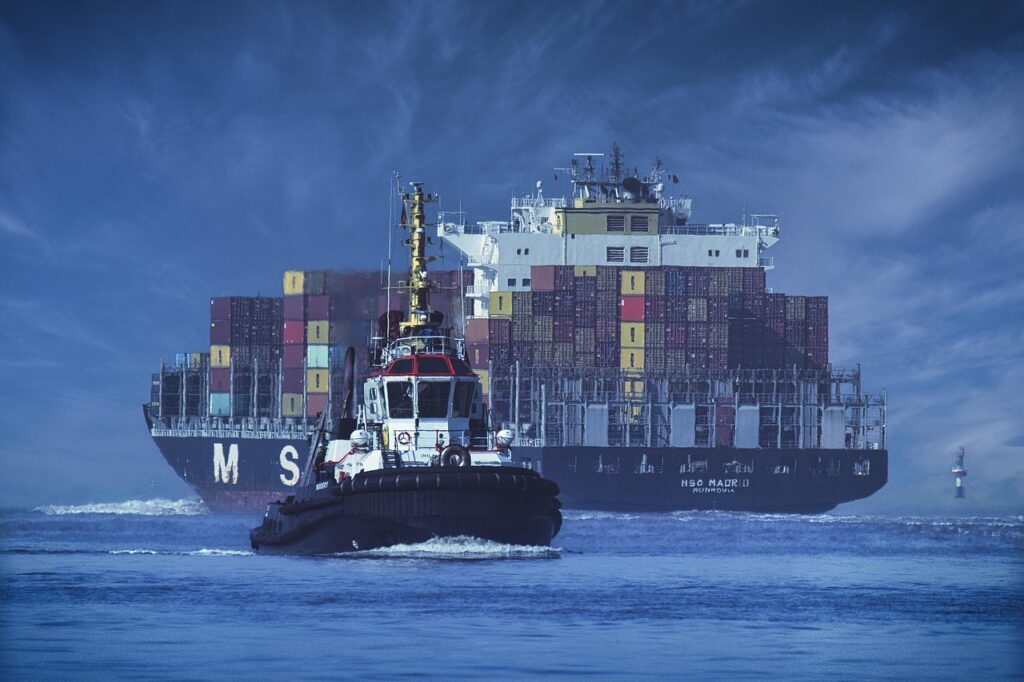U.S. Slaps India with 50 Percent Tariff Over Russian Oil, Hits Jobs and Trade

Key Highlights
On August 27 2025, the U.S. government raised tariffs on Indian goods by 50 percent. This shock move covers around 55 to 66 percent of India’s exports to the U.S., including key sectors like clothing, jewelry, textiles, shrimp, carpets, footwear, gems, chemicals, and furniture.
The tariffs stem from U.S. pressure on India over its continued purchase of Russian oil. India says it needs oil for economic reasons and rejects the logic behind the punishment.
This move is expected to hurt India’s exports drastically. Analysts forecast up to a 70 percent drop in affected shipments and a 43 percent fall in U.S. exports overall. That could cost millions of jobs, especially in labor-heavy states like Gujarat and sectors such as garments and gems.
India’s GDP growth may take a hit of roughly 0.3 to 0.8 percentage points this year. But the impact may be modest due to India’s low reliance on U.S. markets and strong domestic demand.
Also Read: GST 2.0 to Cut Taxes on Food, Electronics, Vehicles and Build Consumer Relief
In response, India plans to cushion export losses through financial aid, market diversification, and stronger trade ties with the U.K., Australia, and the UAE. India’s leaders remain calm, calling the situation manageable.
Editor Insights
This tariff move is a strong signal, a reminder of how global trade rules can shift overnight. For Indian exporters, the timing is harsh. But it may spark a push to look beyond the U.S. and build a more resilient export strategy.
In the short term, clothing, gems, seafood, and small exporters will feel the pinch. But India’s exports of pharmaceuticals and electronics are safe for now. That means not all sectors face equal risk.
While this will create immediate pain, it may also nudge India toward long-term change diversifying exports, improving competitiveness, and helping produce more at home.
Also Read: Shilpa Says “Try Dating Apps” Shamita Laughs It Off on Kapil’s Raksha Bandhan Episode
At a deeper level, this setback shows how politics and trade are connected. Energy, diplomacy, and trade now overlap in complex ways. For India, that means navigating tough waters while staying true to its needs.
Despite the tension, government officials say dialogue with the U.S. continues. If diplomacy resumes, there may be room to soften the blow. For now, India is choosing calm and pragmatic action over panic.
Source & Attribution
All details are drawn from reliable media like Economic Times, Times of India, and news agencies reporting the U.S. tariff’s immediate effect, economic estimates, and responses.
Disclaimer
This is based on publicly available media reports as of August 2025. EveningHeadline.com does not claim ownership of the original content. Final outcomes may change with new developments.
I run Evening Headlines where I share quick and complete news updates so readers can stay informed without wasting time. I work as a cost accountant but I also follow cricket, the economy, investments, movies, and social causes. I enjoy turning big stories into short, clear summaries that anyone can understand. I also create content on my other sites like Wealth Vartalap, Christmas Time Clock, Cashplanter, and Abhishek Listing. My goal is simple make news easy to follow and worth reading every day.
